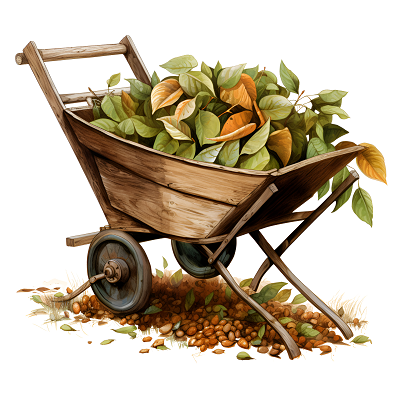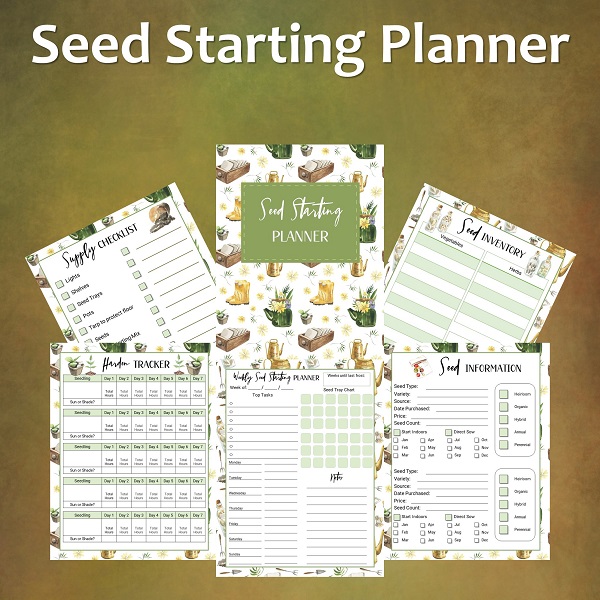Leila
 There are many reasons people choose to grow their own fruits and vegetables at home, from saving money to having access to produce without chemicals. There also happen to be quite a few health benefits to choosing fresh produce, especially when you grow it yourself. Here are some health benefits to keep in mind.
There are many reasons people choose to grow their own fruits and vegetables at home, from saving money to having access to produce without chemicals. There also happen to be quite a few health benefits to choosing fresh produce, especially when you grow it yourself. Here are some health benefits to keep in mind.
They are Loaded with Nutrients
Fresh produce, including fruits, vegetables, and herbs, have tons of nutrients. Many of these are considered superfoods, which have a higher amount of vitamins and minerals. Some good superfoods are blueberries, kale, spinach, and strawberries.
All fruits and veggies have a lot of nutrients you want, which are a higher amount with fresh produce. This includes vitamins C and A, vitamin D, folate, potassium, fiber, and lots of antioxidants. Continue reading
 Timing plays a very crucial role in planting. Any experienced gardener can attest to this. That’s why most gardeners plant during spring. Springtime is the time of rebirth, rejuvenation, and renewal to the every living organism, including plants. It’s the most opportune time to start a home garden and plant seeds.
Timing plays a very crucial role in planting. Any experienced gardener can attest to this. That’s why most gardeners plant during spring. Springtime is the time of rebirth, rejuvenation, and renewal to the every living organism, including plants. It’s the most opportune time to start a home garden and plant seeds.
You don’t need to rush planting if it’s already planting season. There are some other things you need to handle before planting, like your space and soil. If you consider yourself a novice, you need to ask yourself first – what do I want to plant and how many do I want to plant now?
Planning
Having a good plan before planting is a wise move. The last thing a gardener wants to see is their efforts and time go to waste. It is always a good measure to examine your space first. Continue reading
 People who are new to gardening tend to overlook the importance of time and seasonal transitions. Failure to notice these will result in despair and frustration. Knowing the best time of the year to plant crops and plants is essential to a garden’s success. Without this knowledge, you won’t go far, even if you have all the tools and equipment.
People who are new to gardening tend to overlook the importance of time and seasonal transitions. Failure to notice these will result in despair and frustration. Knowing the best time of the year to plant crops and plants is essential to a garden’s success. Without this knowledge, you won’t go far, even if you have all the tools and equipment.
The Farmer’s Almanac
There is more to planting than meets the eye. Farmers use a special calendar-method system for planting called the Farmer’s Almanac. This mystical calendar was unearthed from an old Mayan village. The almanac is based on the moon’s phase and position, which is consistent across all time zones. Using this “guide”, farmers determine the best time to plant.
Finding the Farmer’s Almanac is relatively easy. You also don’t need to be a farmer to obtain this. A quick internet search will give you different sources to download. Mobile applications based on the method were already developed – and most of them are impressively accurate. Continue reading



